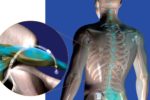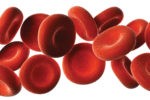Atrial Fibrillation
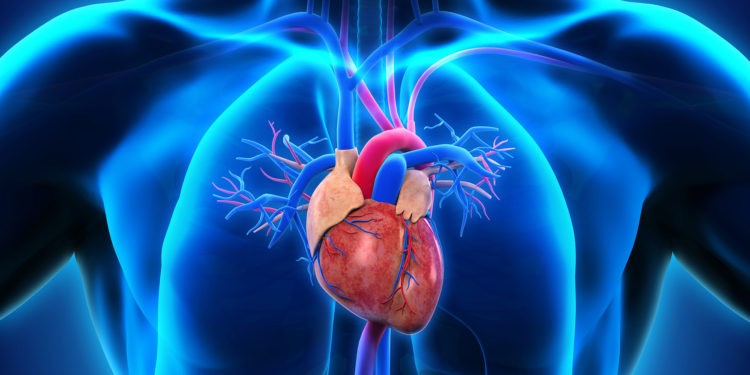
A Heart-to-Heart Conversation About the Symptoms, Types, Risk Factors and Treatment Options
When AFib is suspected, it’s important to not miss a beat when it comes to discussing this condition with your health care provider.
Atrial fibrillation, also known as AFib, is not usually a life-threatening condition in people who are otherwise healthy; however, it can be potentially dangerous in patients who also have high blood pressure, diabetes, or certain heart conditions.
Dr. Luis F. Couchonnal, an experienced Electrophysiologist with Healient Physician Group/Healient Heart Rhythm Center at St. Joseph Medical Center in Kansas City, Missouri, treats patients with AFib and the associated irregular heart rhythms.
“A normal heart will beat roughly 60-100 beats per minute, with the top and bottom chambers working in coordinated fashion,” explained Dr. Couchonnal. “With patients who have AFib, the top chambers can beat up to 250 beats per minute in a rapid and irregular fashion. This indicates the heart is not working in a very coordinated manner. As a result, you may experience fatigue, lack of energy, lightheadedness or may even pass out. I tell my patients it is similar to having a six-cylinder car engine now operating on just three cylinders.”
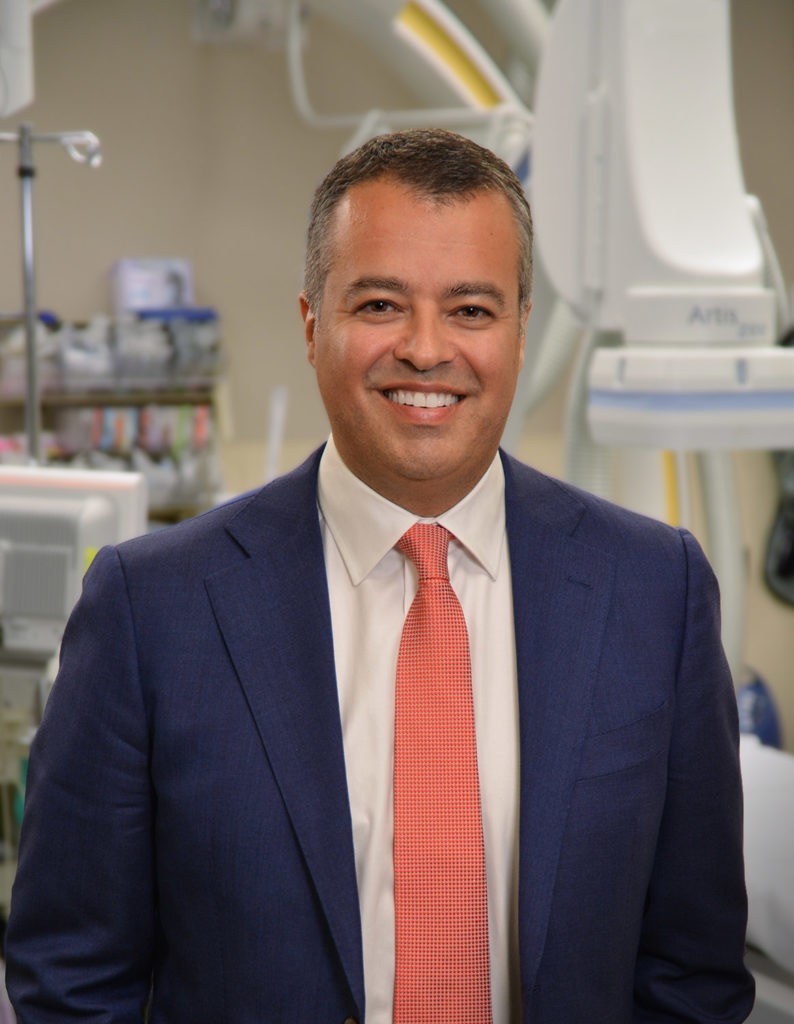
Electrophysiologist with Healient Physician Group/Healient Heart Rhythm Center
THE HEART-POUNDING STATISTICS
Dr. Couchonnal expressed that in 2019, it was estimated eight million Americans have AFib. By 2030, it is predicted 12 million Americans will be affected by AFib. Currently, 9% of Americans over the age of 65 have this condition. However, Dr. Couchonnal has seen AFib in much younger patients and noted it can be genetic. For the most part, though, it is due to certain risk factors, such as advancing age, high blood pressure, diabetes, obesity, obstructive sleep apnea and/or excessive alcohol and tobacco use. Among the most common symptoms of AFib are a fluttering or quivering heartbeat, rapid heartbeat, palpitations, fatigue, light headedness, and shortness of breath.
Dr. Couchonnal indicated some individuals may be asymptomatic until AFib is found incidentally prior to another procedure, such as having a colonoscopy, or is found upon routine physical examination. In these instances, Dr. Couchonnal warns the patient is at a higher risk for a stroke or congestive heart failure, with the risk of a stroke increasing by five-fold.
“When a heart goes into AFib, clots can form in the top chamber of the heart and can break off and travel to the brain, causing a more severe and more disabling stroke associated with a higher mortality rate,” he cautioned.

TYPES OF AFIB
AFib can present as either paroxysmal fibrillation or persistent fibrillation. With the former, Dr. Couchonnal noted a patient may have intermittent episodes of AFib, with the heart returning to its normal rhythm on its own. Individuals with this type of AFib may only experience episodes a few times a year or their symptoms may present on a daily basis. Unpredictable, these symptoms can accelerate the condition to a permanent form of atrial fibrillation.
With persistent fibrillation, a patient simply goes into AFib and the heart does not flip back to its normal sinus rhythm on its own. In such instances, the use of medication or cardioversion, a common procedure that shocks the heart back into its normal rhythm, may be indicated.
“When you have AFib, there are things you can do to improve or decrease the episodes,” said Dr. Couchonnal. “These may include a change in diet, weight loss or addressing any sleep apnea issues one might have.”
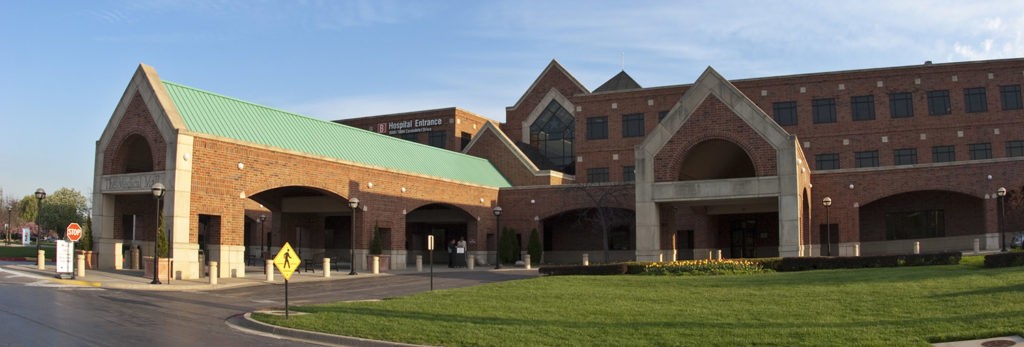
TREATMENT OPTIONS FOR PATIENT WITH AFIB
Before treating patients with AFib, a proper diagnosis must be rendered subsequent to a through physical evaluation. Dr. Couchonnal explained that AFib is a progressive disorder, and a patient can experience increased episodes over time.
“As your heart gets older and the atria develops more scar tissue or becomes enlarged, it may not stop on its own,” stated Dr. Couchonnal. “With AFib, it is important to assess a patient’s risk of stroke, especially if the patient has diabetes, high blood pressure or is of advanced age. Based on the number of risk factors the patient has, it can then be determined how to treat the condition, either with aspirin or blood thinner.”
Dr. Couchonnal explained the drugs used today to protect against stroke – such as Eliquis and Pradaxa – do not require routine monitoring and have lower risks of bleeding and protect against stroke better than older blood thinners such a Coumadin. Their purpose is to thin the blood to prevent blood clots from forming in the heart that result in stroke. Dr. Couchonnal also discussed that to prevent the symptoms associated with atrial fibrillation options include the use of anti arrhythmic drugs that help keep the heart in normal rhythm. However for patients for whom these medications are ineffective or for patients who do not want to be on medications, patients can undergo a minimally invasive procedure to have their atrial fibrillation cured. This procedure, called an Afib ablation, takes about 2-3 hours and usually involves an overnight stay in the hospital.
“Our goal is to get the patient on the blood thinner first and then treat the symptoms,” stated Dr. Couchonnal. “We will talk about further treatment options, such as continuing the use of drugs to keep the heart in normal rhythm or potentially undergoing an ablation procedure, in which the left side of the heart is accessed in order to take care of areas that trigger AFib.”
Some patients will undergo an atrial fibrillation ablation procedure if the prescribed medications fail. This procedure scars or destroys tissue in the heart in an effort to impede the faulty electrical signals that have caused the irregular heartbeat in the first place.
“We are seeing success rates with this up to 80%,” emphasized Dr. Couchonnal. “This is the best option for a lot of patients and is the best opportunity for patients to be off of medication in the long-term.”
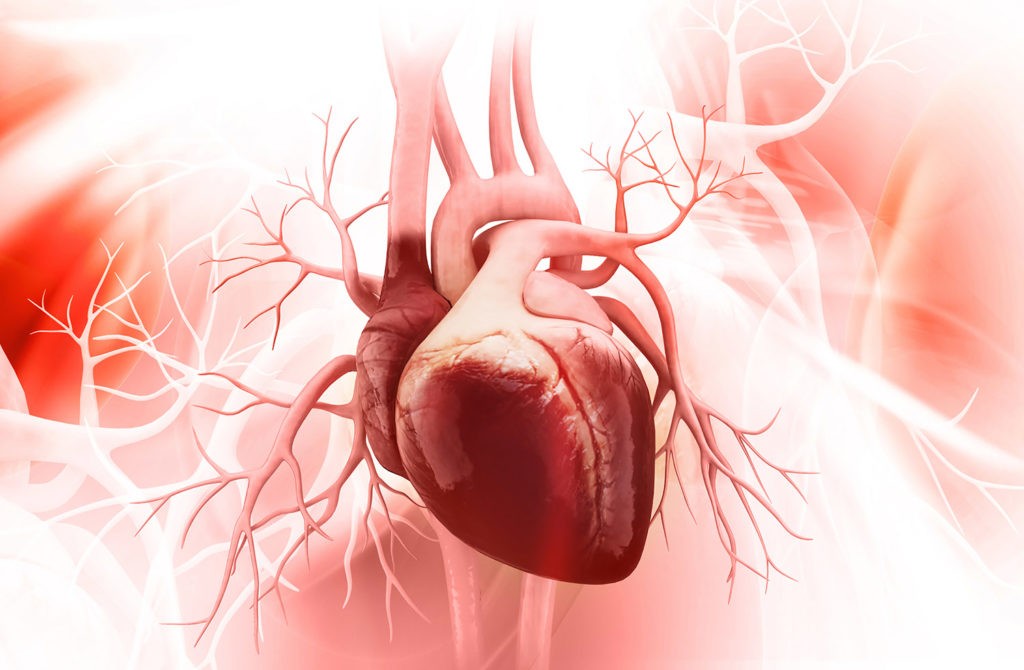
REDUCING YOUR RISK OF COMPLICATIONS FROM AFIB
Minimizing risks associated with atrial fibrillation is possible and can be achieved through regular exercise, consuming a heart-healthy diet, managing high blood pressure, avoiding excessive alcohol and caffeine, not smoking, controlling cholesterol, addressing any sleep apnea issues, and maintaining a healthy weight. Focusing on these goals can aid in the prevention of or reduce the risk of heart disease and stroke and will help the circulatory system perform at an optimum level.
“We can often take patients with symptoms and cure them or dramatically improve their quality of life,” said Dr. Couchonnal.
If you suspect you have AFib, it is important to visit a Cardiologist, Intervention Cardiologist or an Electrophysiologist such as Dr. Couchonnal to undergo a thorough evaluation.
For more information on Dr. Luis F. Couchonnal and the Healient Physician Group/Healient Heart Rhythm Center, call 816.943.4799 or visit stjosephkc.com
Sources: heart.org
